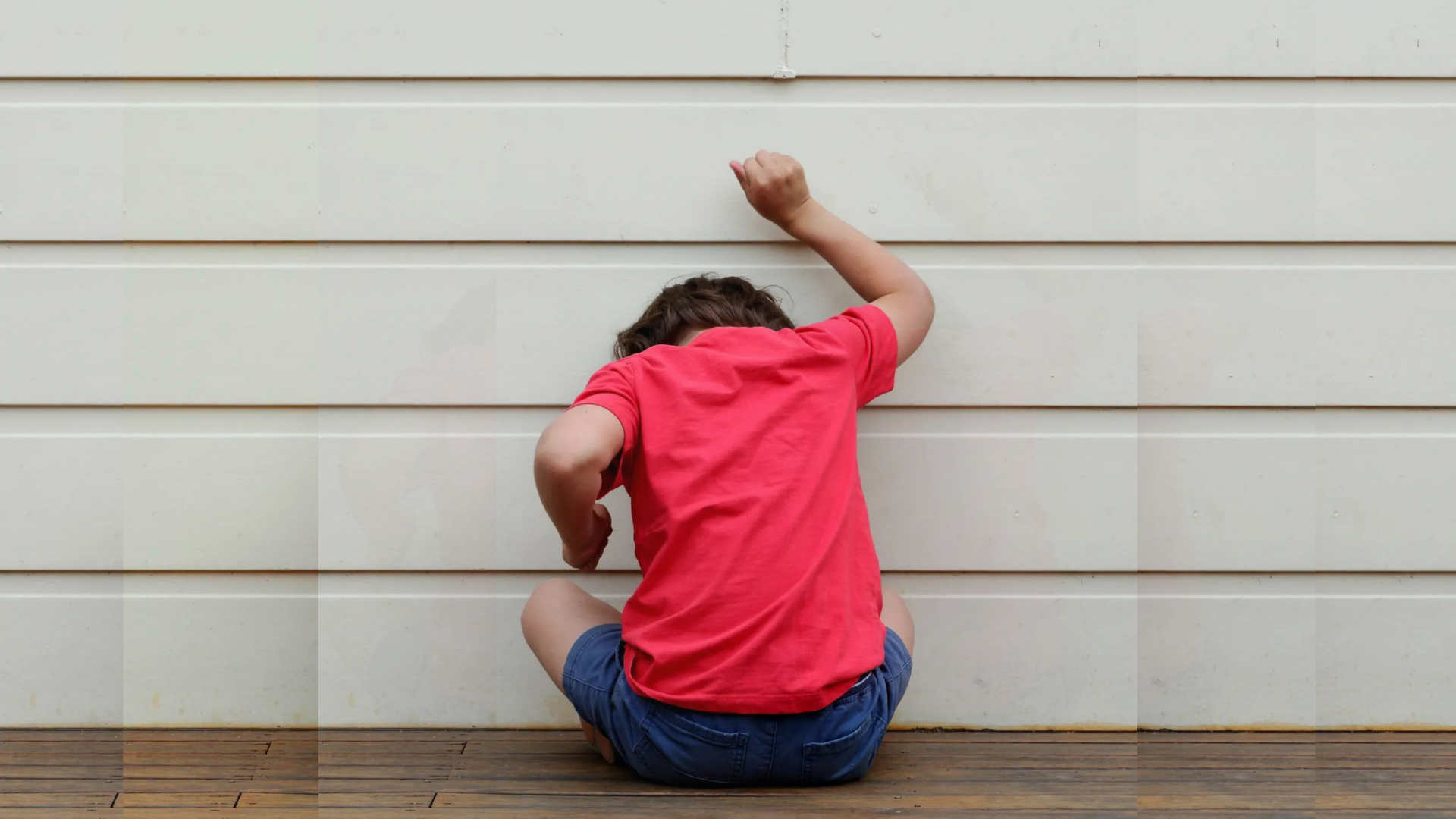
Why Does Your Toddler Have Outbursts
Jul 04 , 2022
What is an outburst, and what does it look like?
An outburst is a sudden release of strong emotions. Usually, it is considered a violent expression of feeling, an outburst of anger.
This gets us to what we call today tantrums, which are episodes of either vocal or physical outbursts that toddlers have when they experience strong negative feelings (from anger to stress, frustration, and so on). They don't know how to express the roller-coaster of negative or even positive emotions they experience.
How to deal with a tantrum?
To deal with these tantrums, we must understand why they are happening. But before looking for a solution, we have to specify that, while we are full of love and kindness, these moments of verbal or physical aggression are one natural feature of our development as humans. So, to deal with it, we first have to expect and acknowledge it. In the last paragraph, we’re sharing the RCOP method that really helps dealing with difficult situations.
Why are they happening?
It's almost impossible to have a toddler without outbursts, and it's perfectly NORMAL. We should normalize toddlers having tantrums. It's their unique and sometimes only way to process big feelings. When they are tired, hungry, or overstimulated, outbursts come from a sense of frustration and lack of control. These outbursts usually happen because their feelings are way bigger than their abilities to express or communicate.
They might need to shout out, cry, hit, and more.
The most common reasons are:
Lack of understanding comes from their premature knowledge of their effect on others, like hitting another child, biting, or throwing objects.
Incapacity to communicate their frustration. It's just their best way to express their needs, even though, around 3 years old, they understand that what they do can hurt someone.
Less development of problem-solving skills is usually seen in children who, although they do have the right abilities to communicate and act, they yet still aggressively respond to frustration.
How to react when tantrums happen?
While you can't control your child's feelings, you can control yours and your response to their outburst. You are there just to help them manage the situation the best they can, no matter the reactions of those around you.
- Respond with empathy and validate their feelings. Yes, it's just that simple! No big fancy tactics, no elaborate plans, no hiding, no leaving, and absolutely do not respond aggressively.
- Remain as calm as possible while showing empathy. Give your child time to calm down. That means do not try to distract him from his big feelings.
- Be there for him and show that to him. Talk about their big emotion and observe why this might have happened to help your toddler work on how to manage it next time ("You are very furious, I noticed how you were trying to tie your shoelaces and while you were trying, you got very upset, why was that? What could have made you so upset?")
- Redirect their anger and frustration; instead of hitting their sibling, offer to hit a pillow.
The game changing method: RCOP
- Respond to their needs as soon as you can. If you are cooking and your toddler asks you to come and help him with his block tower, make eye contact and ask him to wait to finish stirring, and as soon as you can, attend to your toddler.
- Connect with your child by playing together, spending time together, give him your undivided attention, and you will surely see a huge improvement in his outburst.
- Offer choices to make them feel like part of a decision and in control over something. This way, you also build their sense of independence.
- Routines work best with young children. When they know what to expect, they have a sense of security, which allows them to cooperate. Prepare your child for what is going to happen, "We will go to the Mall, look for swimming goggles, then go to the pool, where we will put the swimming goggles and water wings before going into the pool, then we'll come back home for dinner time."
A final note to avoid most of the outbursts as possible: Offer as many YESs as possible so the NOs can be easily accepted.
